How to Masterfully Compose Landscape Images
Sticking to strict rules and guidelines is probably not what you signed up for when you took up photography as a hobby. After all, most creative types prefer to think outside of the box. To do that, one would certainly benefit from learning everything there is to know about how said box works. Right?
There are endless possibilities when it comes to composing your landscape photos. Here are some great ways to ensure that your landscape images have a strong composition. Breaking those rules is certainly ok, and in many cases, it’s even welcomed.
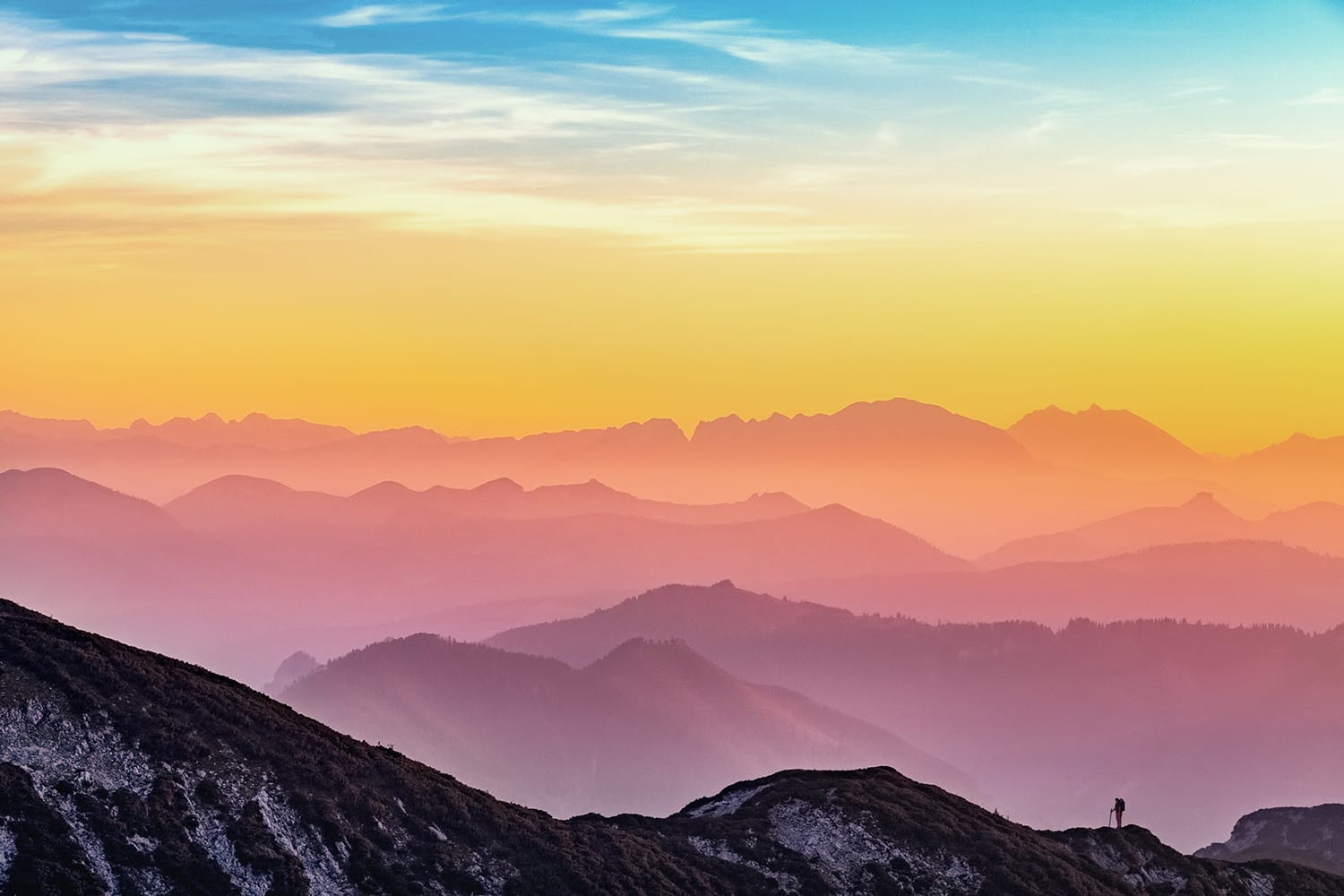
The Rule of Thirds
You’ve heard of it. You’ve seen it in images. The Rule of Thirds is all over the place.
All professional photographers use it to create solid compositions. The idea is to divide your frame into nine equal parts by drawing two horizontal and two vertical lines. This creates a grid that has nine equal parts and intersecting lines. Today, many cameras even provide a Rule of Thirds overlay that you can turn on to display on your LCD or in the viewfinder.
Placing your focal point at the intersection of a vertical and horizontal line can allow you to quickly and easily convey a sense of movement, tell an interesting story, and create a generally appealing photograph.
When you’re working on your landscape photo composition, the first consideration must be to place the horizon line on one of those horizontal lines.
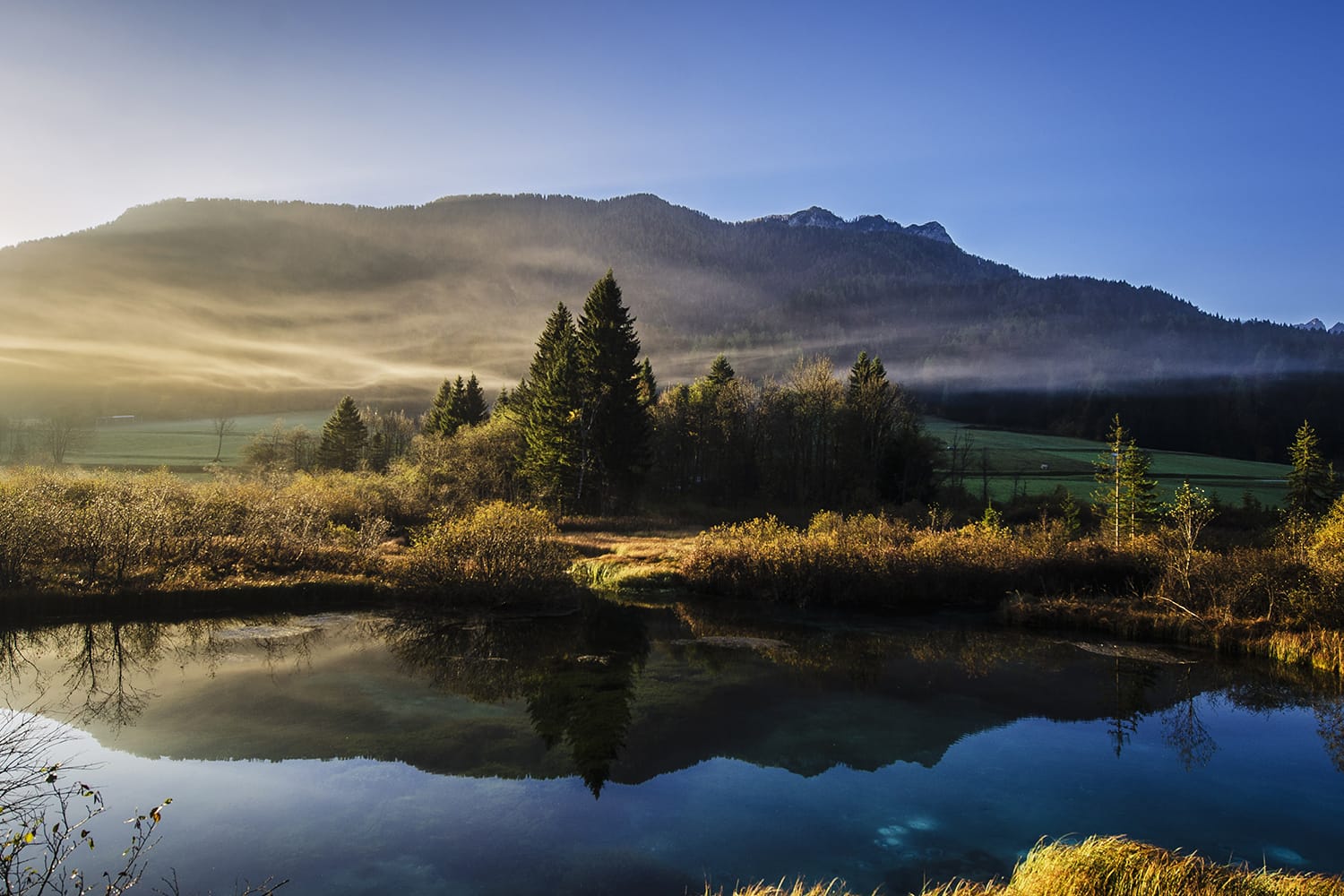
For example, if your landscape photo has strong elements in the foreground, try giving the foreground two-thirds of the frame and leave one third for the sky. On the other hand, if the sky has great cloud formations, try emphasizing them more by making the sky two-thirds and the foreground only one-third of the frame.
Proper Lighting
Whenever you see stunning photos, there’s one common element in all of them; great lighting! Great lighting does wonders, especially if you’re into landscape photography.
You have to pay attention to the quality of the light and its direction. It allows you to choose the best camera setting, and light can play a big role in your images’ composition.
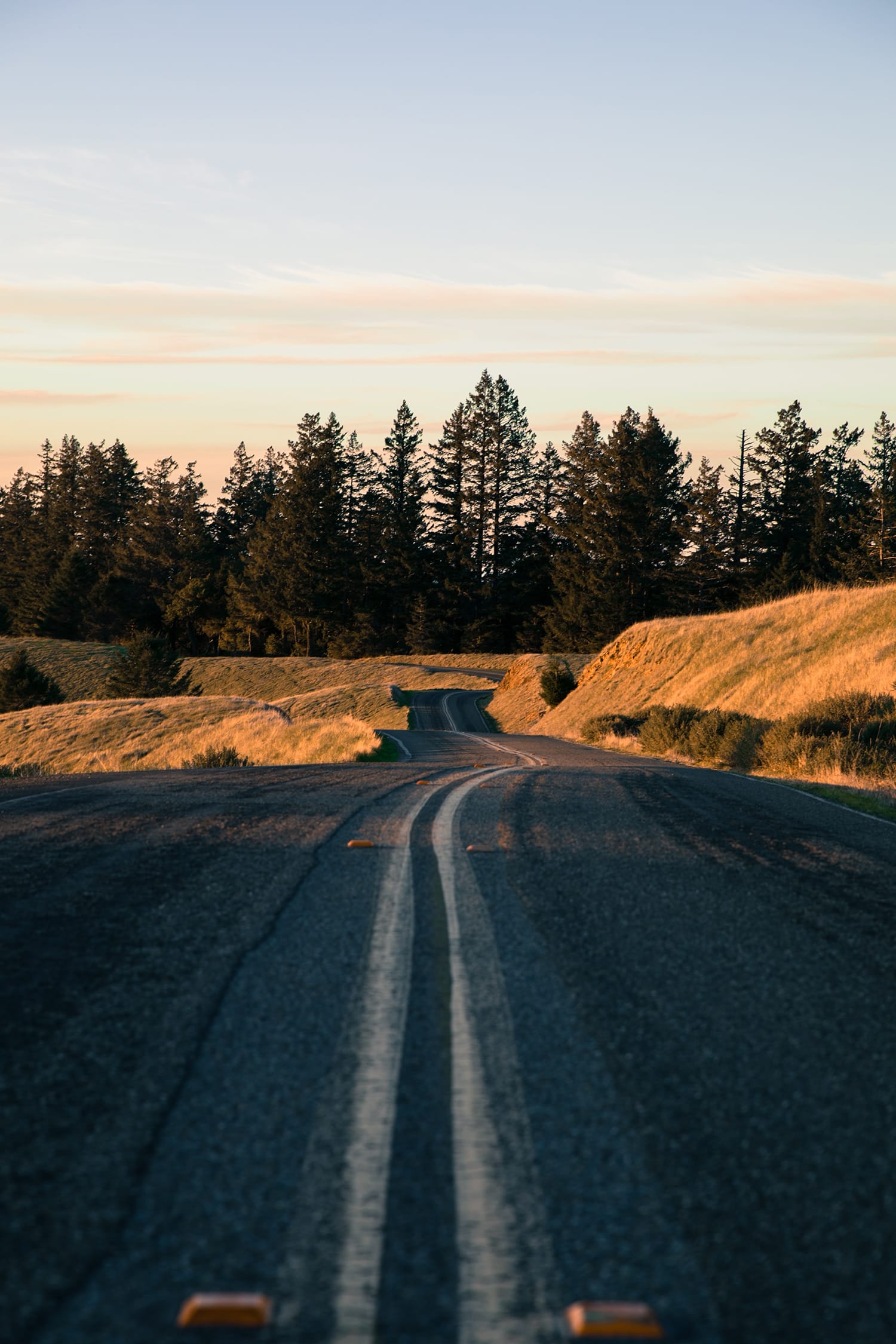
The Right Balance
Many photographers, even professionals, often overlook the importance of balance. Creating harmony is no easy task; all the elements in your composition must complement each other by working together.
Not only does it create a visually balanced photo, but it also draws the viewers’ attention to important elements of your image. You don’t want a picture that contains overpowering elements that leave one side of your photo completely neglected… unless that’s your goal and you’re doing this on purpose – see, it’s ok to break the rules!
Visual Interest
Photos with a visually rich composition are always appealing. They are some of the best images that immediately draw the viewers’ attention. If you are into landscape photography, then the possibilities of creating rich visual effects are endless. You only need to find an interesting subject matter, such as a mountain, tree, sunset, or even a boat on a lake, etc.
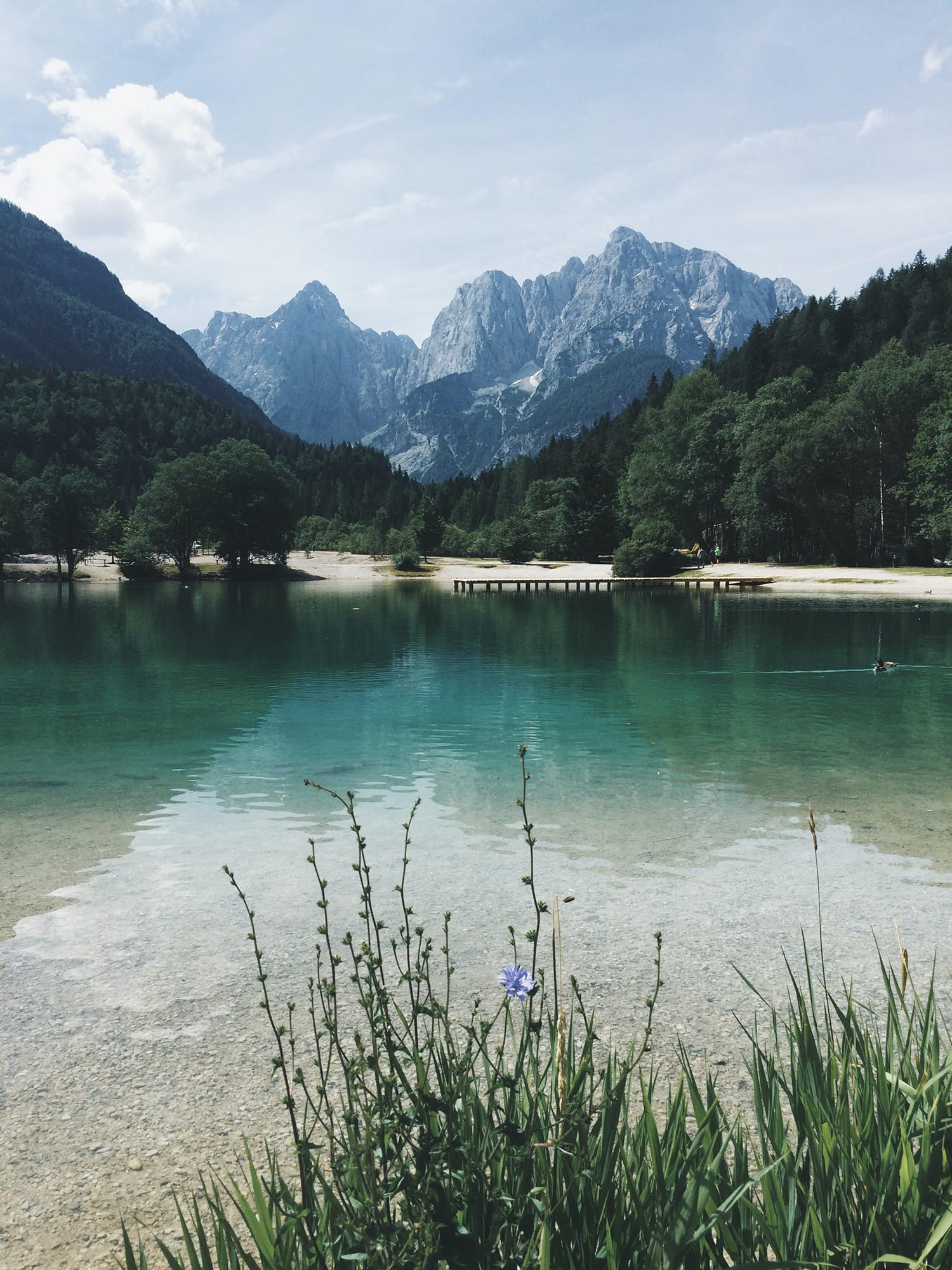
After that, you can look for other elements that add more character and focus on your main subject matter. You can also search for the foreground’s contrasting details such as tidal pool, jagged rocks, willow branches, and other elements with contrasting colors.
Playing with contrast between different elements in your frame allows you to create visual interest in your photos’ composition.
Leading Lines
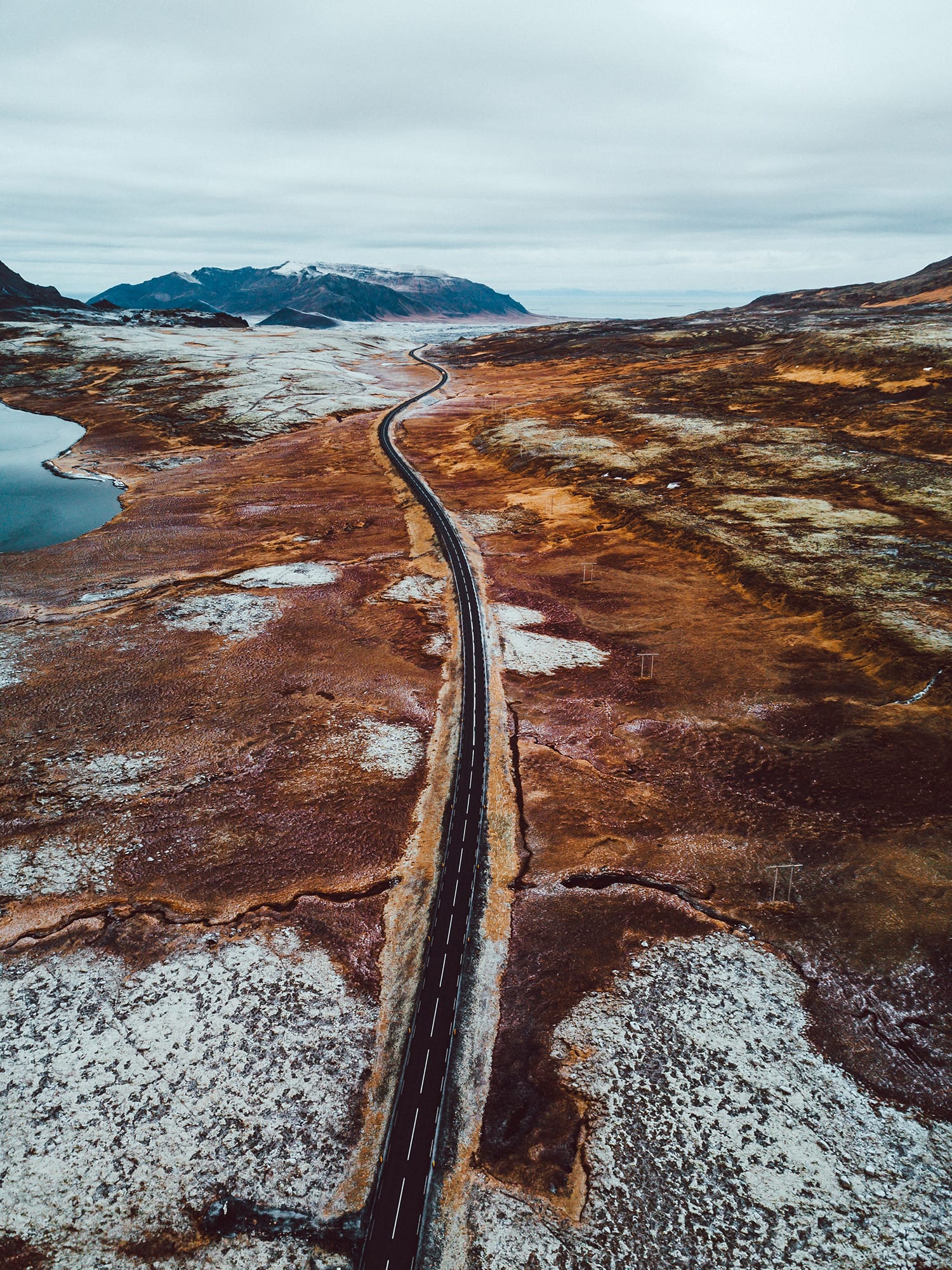
Leading lines, if incorporated correctly, can turn your photo into a masterpiece. That’s why it’s always good to search for opportunities to include leading lines in landscape photography.
It is one of the most efficient ways to direct viewers through your photo and tell a powerful story. You can also use leading lines to draw the viewers’ attention to the photo’s main subject matter or focal point. Leading lines can be in the form of waves, rivers, bridges, roads, trails, trees, and more.
Include the Foreground
While landscape images normally include mountains, water, etc., that’s not all that landscape photography is about. Sometimes adding foreground elements can really take your landscape photo to the next level.

If you place a good-looking foreground in front of an equally stunning background, you got yourself an amazing photograph. I have many landscape photos in my collection that could have been masterpieces had I incorporated the foreground. Lesson learned :)
The Golden Spiral and Golden Ratio
If you’ve been shooting for a while now, you surely have incorporated the golden ratio into your images. Likely without even knowing.
Photos often seem aesthetically pleasing if elements are placed in the frame by following the golden ratio.
It’s a design principle based on the ratio of 1 to 1.618. For more information on this, make sure to read our article on the Golden Ratio.
The golden ratio was established by the mathematician Fibonacci.
He was searching for the explanation behind the perfect aesthetics of design and art. The golden ratio’s basic idea states that if you have a rectangle with golden ratio dimensions, then cutting a square off will leave you with another golden ratio rectangle. Here’s what the golden ratio/spiral looks like:

When you compose an image according to the golden ratio rule, consider placing the horizon on the most dominant horizontal line. Moreover, position the focal point on the golden spiral’s disappearing point. In simple words, from the top or bottom corner curving its way into your frame to the main subject, the golden spiral creates a lead-in line.
Not only can it make the composition of your photo stronger, but it also allows you to eliminate elements that you don’t need.
Keep it Simple
Keeping things simple is not easy. Understandably, most landscape photos have extensive details to manage. But simplifying your composition can create even more striking and powerful images.
In simple words, simplifying your landscape composition means eliminating all the elements that are not necessary. You only need to ensure that your subject matter is in focus and framed perfectly with the most relevant background and foreground details.

You also need to bear in mind that simplifying doesn’t mean that you start composing bland and boring photos. It means that you create a minimalist composition that is also aesthetically sound. Leaving out the distracting elements and only working on the main subject can create masterpieces.
Using Negative Space
Your frame doesn’t need to be filled with elements and details. Most of the time, a little breathing room can create a more dramatic effect. For example, a lonely tree in a vast field not only looks stunning, but it can also tell a deeper story or convey a stronger message.
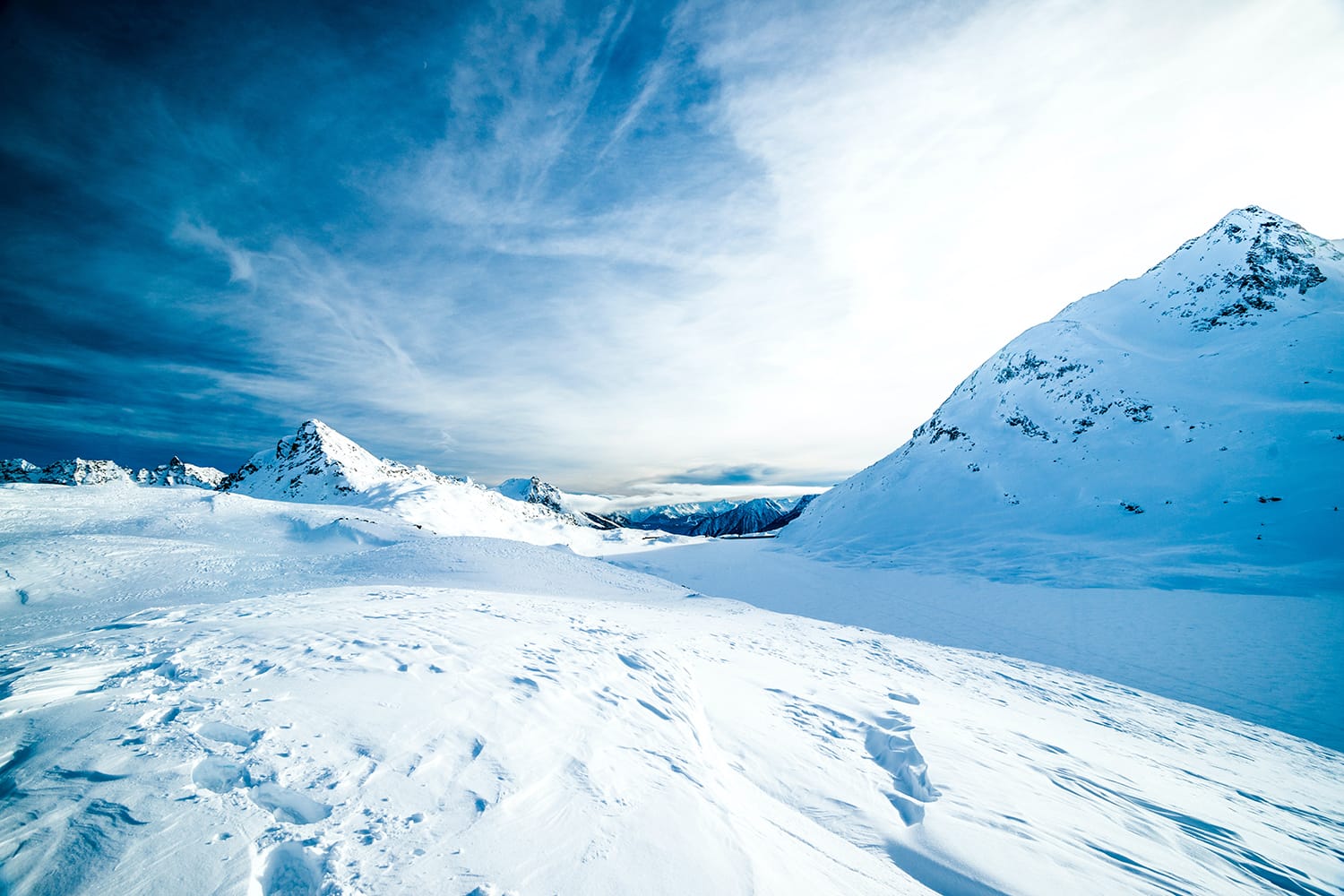
Moreover, a single lighthouse with a single beam of light coming out against a foggy and pale background is also a perfect example of negative space.
Negative space can also go hand in hand with the rule of thirds or the golden ratio.
Conclusion
Feel free to experiment by combining some of those “rules.” You never know what stunning results you might get.
It’s to grab your camera and shoot everything you come across. But it’s a whole other challenge to stop and take some time to think of your composition.
